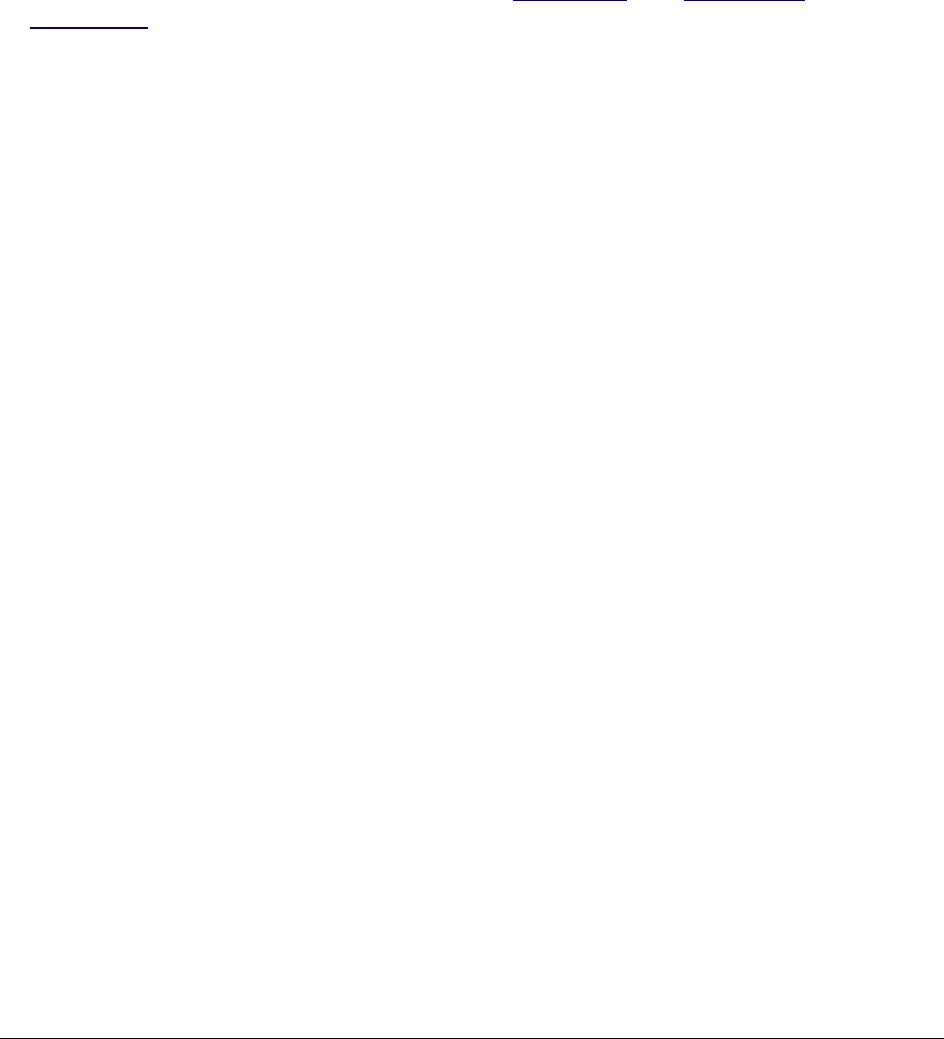
APPLICATION
Basics
Different settings change the amount of orange or blue color cast, usually to compensate
for any cast in the lighting. If you have no blue or orange cast you get neutral whites, which
is what you usually get if you use the settings suggested by the instruction book. The
Fluorescent settings take out the green from Fluorescent, mercury, HMI and metal halide
lights used in your garage, sports stadia and parking lots. Forget about shooting under
orange street lights: they'll always look orange because they are orange. White balance
only adjusts far enough to make lights that look white to us look white in photos.
In the AUTO mode the camera makes its best guess for each shot. I use the AUTO white
balance mode when I can. It works great in my Nikon D70 and Canon A70, but poorly in
my Nikon D1H. Even though it may or may not work well for normal photos, AUTO (also
called AWB in Canon) almost always works great for under weird mixed artificial lighting
without flash.
AUTO (also called AWB) mode works OK with flash and indoors and outdoors. Usually the
images will still be fairly blue in shade and pleasantly warm indoors at night. When the
flash is on most cameras automatically switch to flash white balance.
The fun starts when you take it out of AUTO and set it yourself. Here's what the other
settings do:
Tungsten (symbol of a light bulb also called "indoor"): Very, very blue most of the time
except indoors at night, for which it looks normal. "Tungsten" is the name of the metal out
of which the bulb's filament is made. Even indoors many people prefer the warmer AUTO
setting. TRICK: Set -1 or -2 exposure compensation and use this setting in daylight to
simulate night! In Hollywood we call this "day for night."
Daylight (symbol of a sun): Bluish normal. This is a little bit bluer than I usually prefer. Only
use it for shooting test charts in direct sunlight.
Cloudy (symbol of a cloud): I prefer this. It's a little warmer than the daylight setting and
best for most shots outdoors in direct sunlight. Why not the daylight setting? The camera
manuals are written by engineers, not artists. The engineers are interested in copying color
test charts, not making a good photo. I prefer things on the warmer side.
Flash (symbol of a lighting bolt): Almost identical to cloudy but sometimes redder
depending on the camera. Use this the same way. On Nikons like the D70 you usually can
set separate fine-tuned adjustments for each setting, so you can set different adjustments
under cloudy and flash for quick access. This is optimized for the little on-camera flashes
that tend to be blue, thus this setting tends to be warm to compensate. With large studio
strobes you probably don't want to use this, since the images may be too red. Try the
Daylight setting to match carefully daylight balanced studio strobes.
Shade (symbol of a house casting a shadow): Very orange. This is perfect for shooting in
shade, since shade is so blue. It's also for shooting when you are under a cloud on a partly
cloudy day since most of the light is coming from the blue sky. It's also for shooting in
© 2007 KenRockwell.com 47 converted by Sándor Nagy


















